As the summer winds its way into fall, it’s a good time to start thinking about preparing your garden for the darker, cooler days ahead. Hopefully, you’ve made dandelion wine, dried all your herbs, and canned all your fresh veggies to keep healthy foods around all winter.
But how can you prepare for a year-round abundance in your garden? Depending on where you live in the U.S., you may be able to either prep your fruit plants and trees for warmer growing season or keep fresh fruits growing through the season. Some of the best winter fruits are persimmons, pomegranates, crabapples, apples, cherries, raspberries, citrus, and strawberries.
HGTV encourages us to think of winter fruits as more than just what we can eat and consider a range of fruits that last through the season and provide food for our animal friends. Aside from fruits, many greens and other plants will grow well in the cool months leading up to winter.
What Are Winter Fruits?
Usually, we think of citrus as the only real winter fruit, as these fruits come into and stay in season throughout the winter months. Grapefruits, oranges, lemons, and others are a welcome boost of sunshine in the grey days of winter.
If you have a well-stocked grocery store or natural food store near you, you can also enjoy tropical fruits throughout the winter, like papaya, starfruit, and bananas. But if you want to grow winter fruits, that’s a different story!
Below are some of our favorite winter fruits that you should grow this year.
Persimmon
You’ve probably seen persimmons in the grocery store and thought, “What are those and how do I use them?”
Persimmons are actually the fruit of a tree that can be grown in USDA Zones 4-9. The trees can handle temperatures as low as 25 degrees Fahrenheit.
Pomegranates
Pomegranates are the unofficial fruit of winter. With that said, pomegranate trees can only be grown in short-winter, humid areas. Specifically, USDA Zones 7-12. They prefer loamy soil with good drainage. If you still want to try your hand at growing pomegranates, you can move the trees to greenhouses in the colder months.
Crabapples
HGTV explains that crabapples can hang onto their fruits into January and provide food for animals. These trees then produce showy blossoms in the spring. You can plant bare-root trees in the spring, and you can plant potted varieties the rest of the year. These plants will be happy and hardy up to Zone 4.
Apples
Fall planting is suitable for warmer areas, while spring planting is better for cooler climes. These trees need well-drained soil and a lot of sunlight and can be mulched to protect the root system.
There are lots of varieties of apple trees, so be sure to find the ones that fit your zone. Harvest from summer to late fall, storing only late-season crops.
Cherries
If you live in USDA Zone 4-7, you can plant cherry trees (sweet and/or sour depending on your zone) in the late fall or early spring, when the soil is workable. Plant them 5-10 feet apart, depending on variety, and make sure the soil is deep and well-drained. If you have existing cherry trees, they can be pruned in the winter to ensure a steady spring bloom and summer harvest.
Citrus Trees
Citrus trees need a lot of sunshine and humid weather, so while they can overwinter inside, citrus plants in pots may not love it. To prepare your citrus for the move inside, make sure to find the sunniest spot in the house, check the humidity, and use an organic fertilizer to keep the nutrients flowing.
When it’s warm enough outside, give it a little plant vacation in the direct sun until it’s warm enough to be outside the whole day.
Where to Grow Winter Fruits
If you live in USDA Zones 1-5, your winter fruits selection is going to be limited. But if you live in Zones 6-10, you may be able to keep some fruits going throughout the cooler season.
One of the most common fruits found during winter is citrus. Citrus needs warmth, so warmer states like Florida, Texas, and California are the clear winners here.
But if you live in a cool state, you will have to content yourself with merely prepping for fruits plants in the spring, rather than enjoying fruits during the winter.
How to Plan for a Year of Fruit Trees
If you live in cooler states, you can start prepping other fruit trees for the winter by planting bare rootstock in the fall. The best time is between November and March, but not during any time when the ground is frozen. Planting during the cooler months will ensure these plants get a foothold for an easy spring season. In early spring, the roots will become more active and allow the tree to flourish.
Choose plants that are bare rootstock, which means that the plant and root system is packed in a soft, moist material for easy packing and transport. It’s easy to get these at local stores or via mail order. Gardeners.com has an excellent bare-root planting tutorial to get you started. Choosing bare root means you might have more varieties to choose from, too, as nurseries can stock more in their shops.
When planting, Old World Farm suggests that dwarf varieties (which are easier to manage and harvest) should be spaced 8-10 feet apart – and at least 12 feet between rows.
In order to prep existing plants for the winter, you can prune back dead or dying branches. This allows the tree to put energy into new growth and gives you the opportunity to shape the tree as you wish. Be sure to maintain your new and existing trees with mulch, wraps, and compost to keep them happy throughout the winter months.


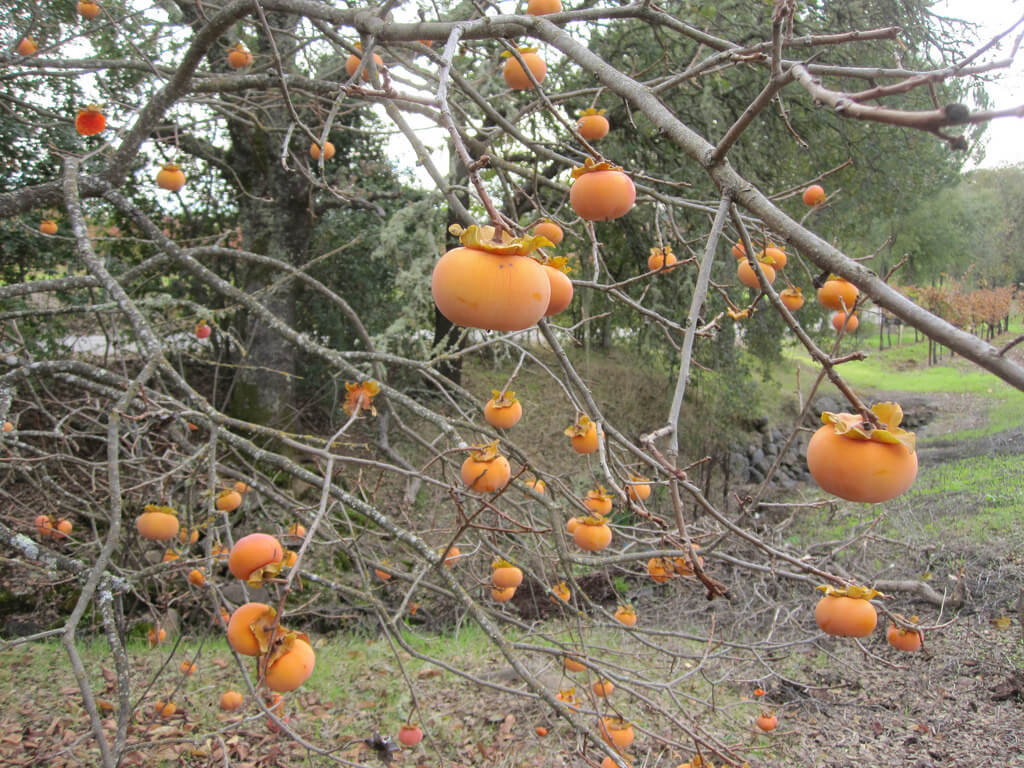
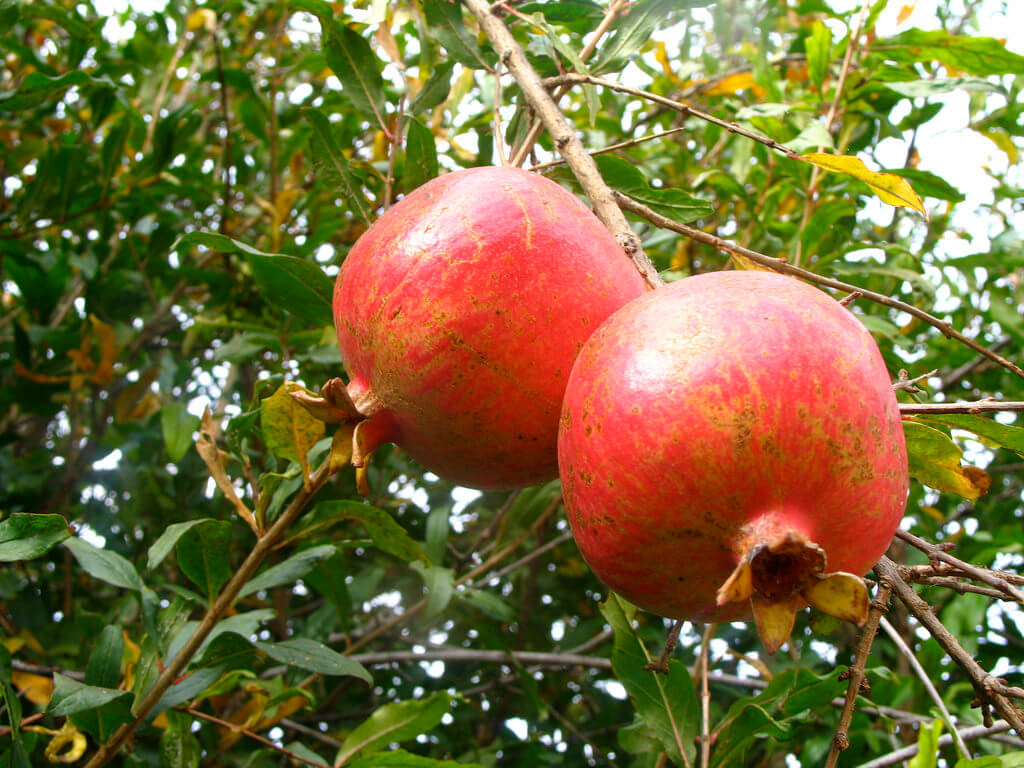
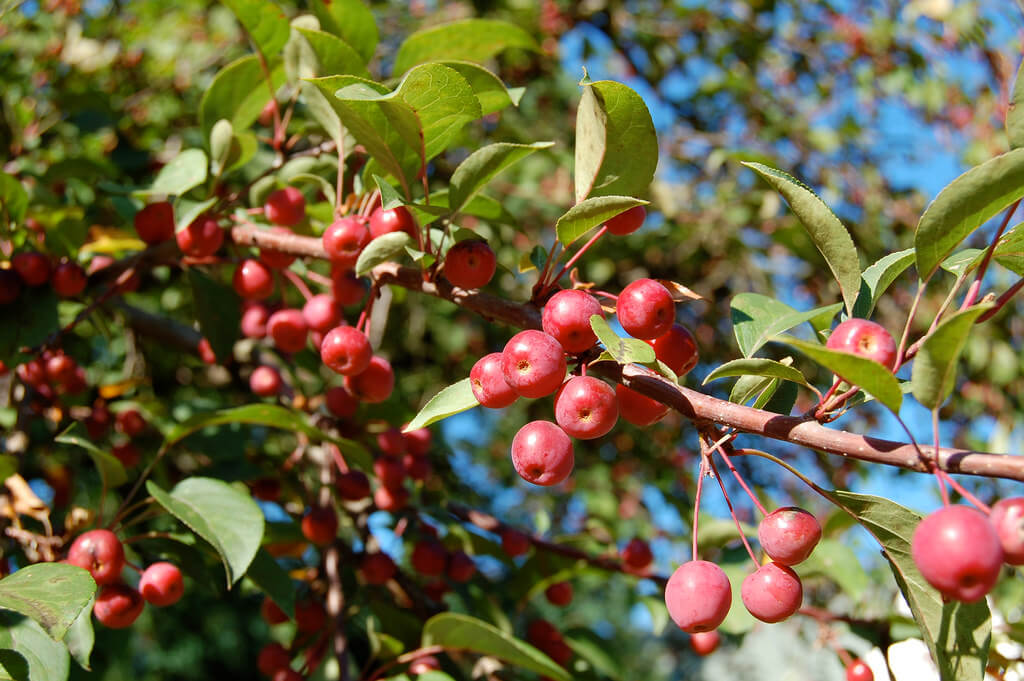
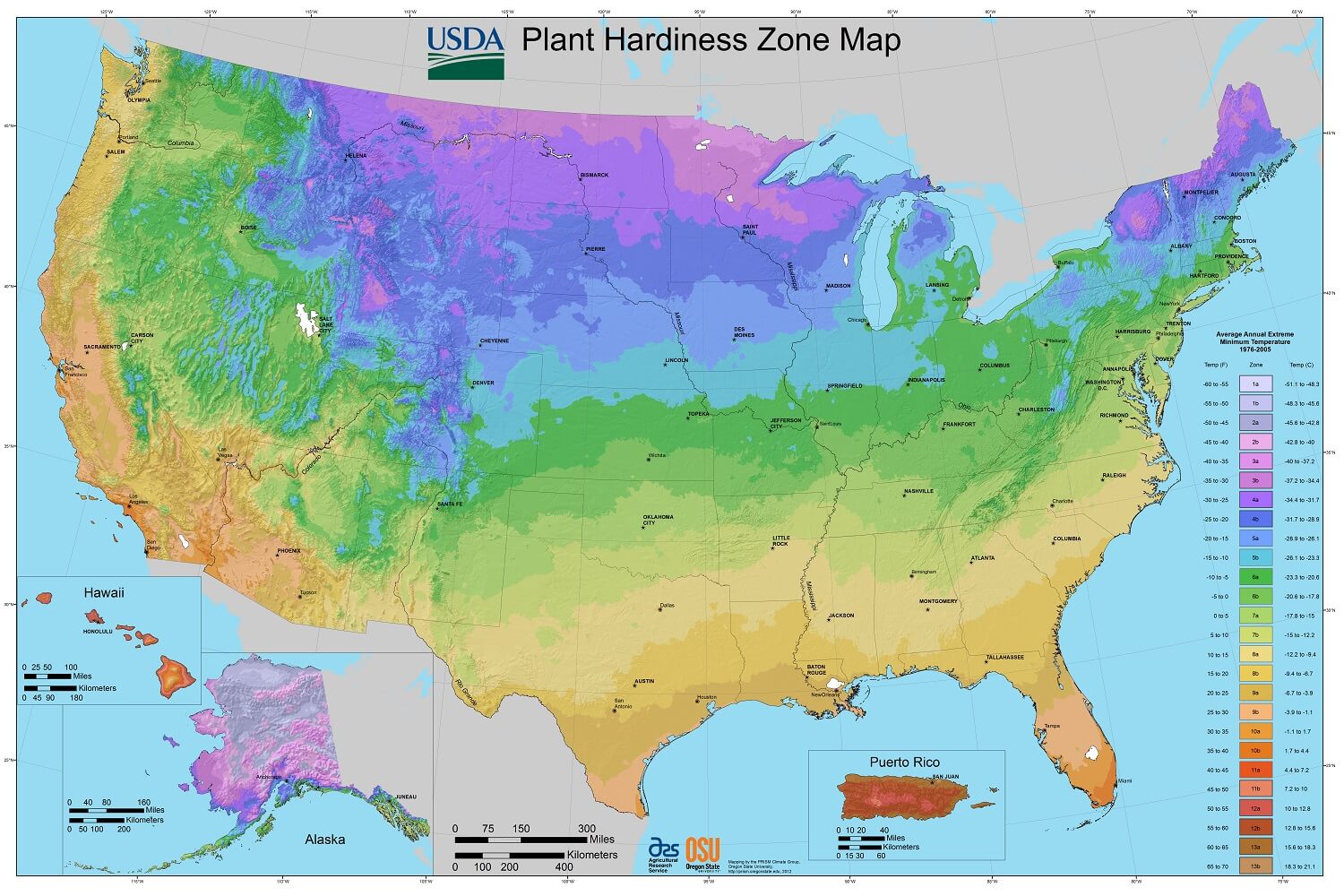

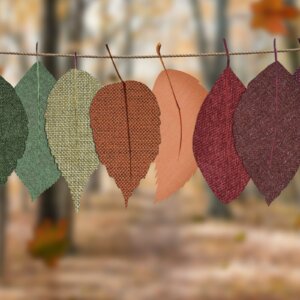
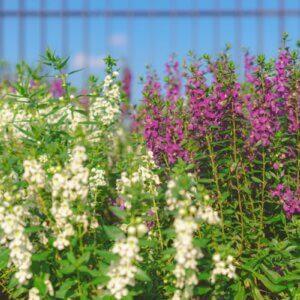

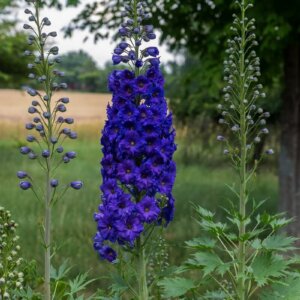
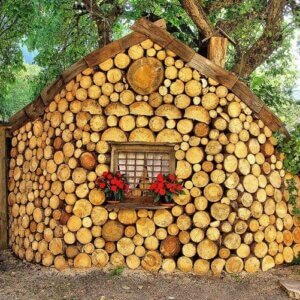


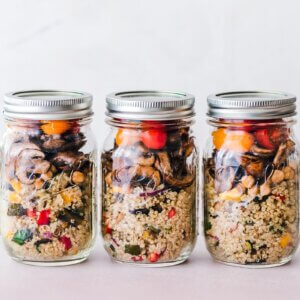




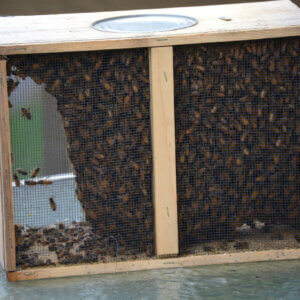
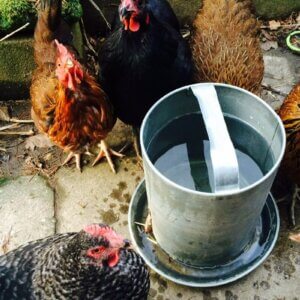

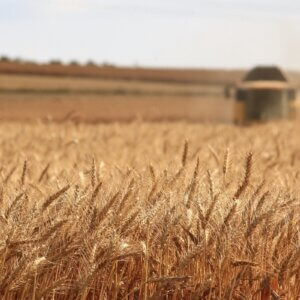

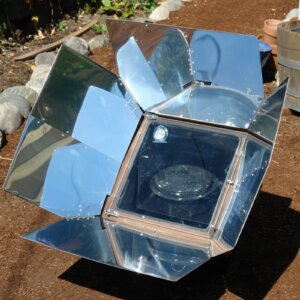

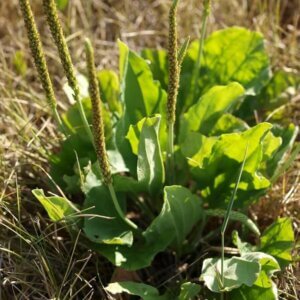
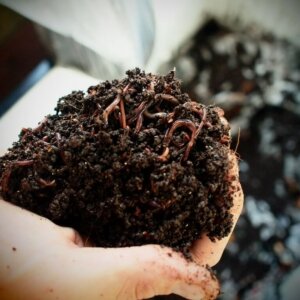


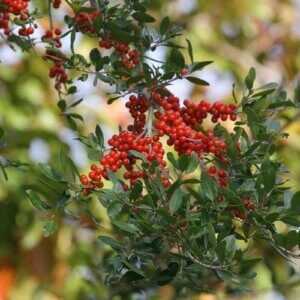
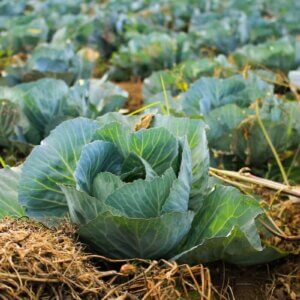
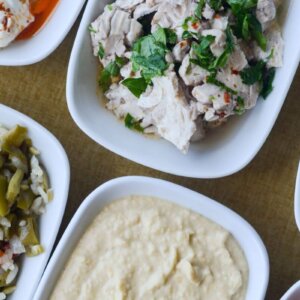
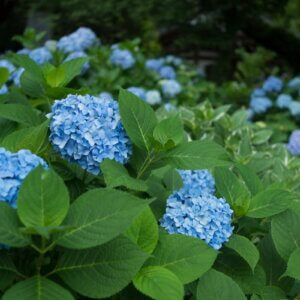
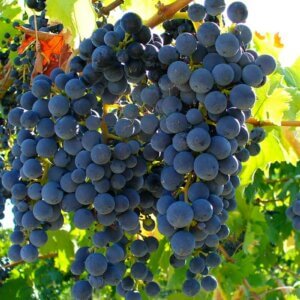
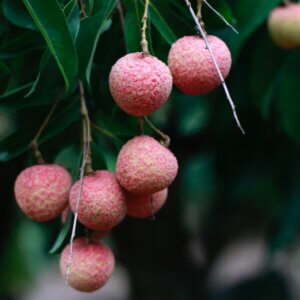
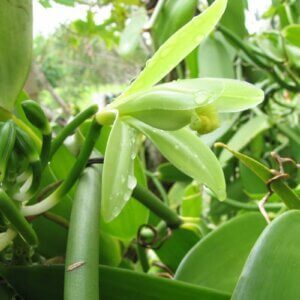

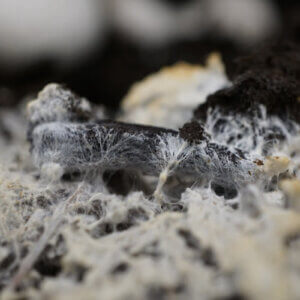


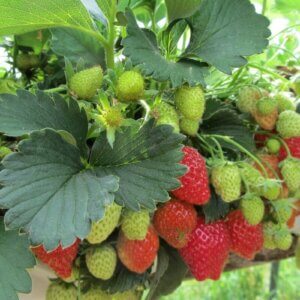
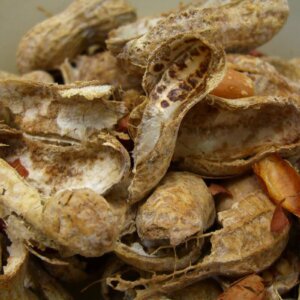


this all is quit cool in with all of the fruit .
In addition, Medlar, sorbus trees, viburnum lentago are good for fruits into November, and some the fruit will keep on the branches through the winter. Silverberry, honeyberry, and strawberries, currants, and gooseberries are some of the earliest fruits. And I think apricots will ripen before cherries.